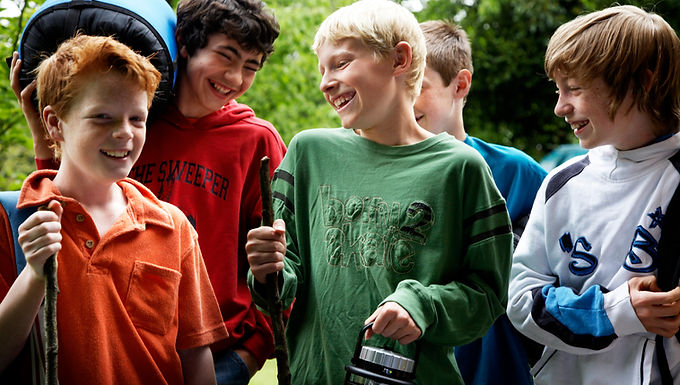Group Discussion Circles
A Group Discussion Circle is a facilitated gathering where individuals affected by a conflict come together to engage in open and respectful dialogue, actively listening to each other's perspectives, sharing experiences, and collaboratively seeking solutions to address the conflict and promote understanding and resolution within the group.

Group Discussion Circles
Here's a children's activity guide for Social Development - Conflict Resolution - Group Discussion Circles:
Introduction:
Group discussion circles provide a safe and supportive environment for children to engage in open dialogue, share perspectives, and practice conflict resolution skills. This activity guide will help you facilitate group discussion circles that promote social development and conflict resolution.
Activity 1: Circle Formation
Materials needed: Chairs or cushions.
Instructions:
1. Arrange chairs or cushions in a circle to create a comfortable and inclusive space for the group discussion.
2. Invite the children to take a seat in the circle, ensuring that everyone has an equal opportunity to participate.
3. Explain the purpose of the group discussion circle, emphasizing the importance of active listening, respect, and open-mindedness.
Activity 2: Conflict Scenario Discussion
Materials needed: Conflict scenario cards.
Instructions:
1. Prepare conflict scenario cards that present common conflicts that children may encounter. Examples include disagreements over sharing toys, resolving a misunderstanding, or dealing with hurt feelings.
2. Distribute a conflict scenario card to each child or read the scenario aloud for the group.
3. Encourage the children to share their thoughts and perspectives on the conflict scenario, taking turns to express their opinions and experiences.
4. Facilitate the discussion by asking open-ended questions, encouraging active listening, and ensuring that everyone has an opportunity to contribute.
Activity 3: Empathy and Perspective-Taking
Materials needed: Empathy prompts or role cards.
Instructions:
1. Introduce empathy prompts or role cards that encourage the children to consider different perspectives and practice empathy.
2. Distribute an empathy prompt or role card to each child or take turns reading them aloud for the group.
3. Instruct the children to reflect on the given prompt or role and share their thoughts and feelings about the situation.
4. Encourage them to consider how they would feel and react if they were in that particular situation.
5. Facilitate a discussion that highlights the importance of empathy in understanding others and resolving conflicts.
Activity 4: Conflict Resolution Strategies
Materials needed: Conflict resolution strategy cards.
Instructions:
1. Prepare conflict resolution strategy cards that outline different strategies for resolving conflicts. Examples include active listening, compromise, and seeking help from a mediator.
2. Distribute a conflict resolution strategy card to each child or read them aloud for the group.
3. Discuss each strategy, allowing the children to share their thoughts and experiences related to the strategy.
4. Encourage them to consider how they can apply these strategies in their own conflicts and discuss the potential outcomes.
Activity 5: Reflection and Action Planning
Materials needed: Reflection sheets, pens.
Instructions:
1. Provide each child with a reflection sheet and a pen.
2. Ask them to reflect on their experience with the group discussion circles and the conflict resolution strategies discussed.
3. Encourage them to write or draw about what they learned, including their insights, challenges, and action plans for applying conflict resolution skills.
4. Gather the children for a group discussion, allowing them to share their reflections and action plans.
5. Discuss the importance of ongoing practice and support in developing effective conflict resolution skills.
Conclusion:
Group discussion circles provide children with a valuable opportunity to engage in open dialogue, practice active listening, and develop conflict resolution skills. Through these activities, children learn the importance of empathy, perspective-taking, and effective communication in resolving conflicts.
Remember to create a safe and respectful environment where children feel comfortable expressing their thoughts and opinions. Enjoy the group discussion circles and celebrate the children's growth in their social development and conflict resolution skills!
